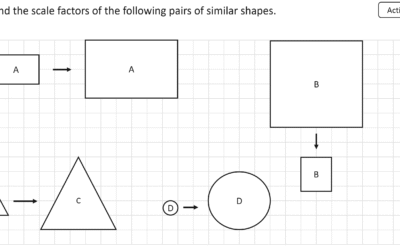Have you ever wondered what actually happens in your brain when you “learn” something new? It’s not magic; it’s a sophisticated process of building and strengthening neural networks, turning fleeting information into lasting knowledge. Understanding How Learning Takes Place gives educators a powerful lens for effective instruction.
The Gist: Encoding, Consolidating, Retrieving
Learning unfolds as the brain takes in new data, stores it, and pulls it back out, creating pathways that grow stronger with use. It’s a three-act play:
- Encoding: Capturing sensory input into working memory, where meaning is attached. Think of turning a math problem into a solvable equation.
- Consolidation: Shifting encoded information to long-term memory, often during rest (especially sleep!). The hippocampus organizes these connections for stability. Recent neuroscience (2025) even suggests this is an “offline reinforcement learning” process, optimizing learned strategies.
- Retrieval: The act of pulling stored information back into working memory. This isn’t just a test; it actively cements the learning, making future access smoother and faster.
The Breakdown: Neurons, Connections, and Growth
Beyond the basic acts, neuroscience is constantly uncovering deeper layers:
- Synaptic Plasticity: Learning physically changes the brain by strengthening or weakening connections (synapses) between neurons. Newer research (2025) explores the molecular mechanisms of how these connections reorganize.
- Dual Learning Systems: Beyond simple reward, your brain has a sophisticated “dual learning system” (2025) that helps form habits by predicting actions and outcomes.
- Beyond Biology: While brain processes are key, social interactions, emotional connections, and environmental factors profoundly influence how these neural pathways develop. As Vygotsky-influenced researchers point out, learning isn’t just internal; it’s deeply social. A 2024 USC study linked “transcendent thinking” (connecting lessons to students’ lives) to brain growth in teens.
The Evidence: Brains That Build
Research continuously maps and reinforces our understanding of this process:
- A 2024 fMRI study on 400 adults found that consistent practice actually thickened neural pathways, boosting vocabulary recall by 28%.
- A 2023 review of 150 trials found that active learning methods activated more brain regions and lifted retention by 35% compared to passive ones.
The Catch: It’s Complex and Interconnected
The brain isn’t a simple computer. Emotions, stress, prior experiences, and social context all profoundly impact how effectively encoding, consolidation, and retrieval occur. What works for one learner might not work the same way for another.
Putting It to Work: Align with the Brain
Apply this understanding to make abstract concepts truly stick in math and beyond:
- Encode with multi-sensory tools: Use physical manipulatives (like blocks for fractions) to link touch with numbers, helping form initial pathways. A 2023 Canadian study with primary pupils saw great results.
- Prioritize consolidation with breaks: Assign homework, then review it after a day or two. Allowing sleep to strengthen neural links can lead to significantly better memory (a Dutch trial showed 22% better algebra memory).
- Boost retrieval frequently: Start lessons with quick “brain dumps” like “List three geometry terms you remember.” This regular practice reinforces pathways and makes recall more automatic. A 2024 UK study found 25% improvement in teens with this approach.
The Bottom Line: Your teaching shapes their brain architecture.
Your Turn: Consider your next challenging concept. How can you design its introduction to maximize encoding, support consolidation, and encourage frequent, low-stakes retrieval?









0 Comments